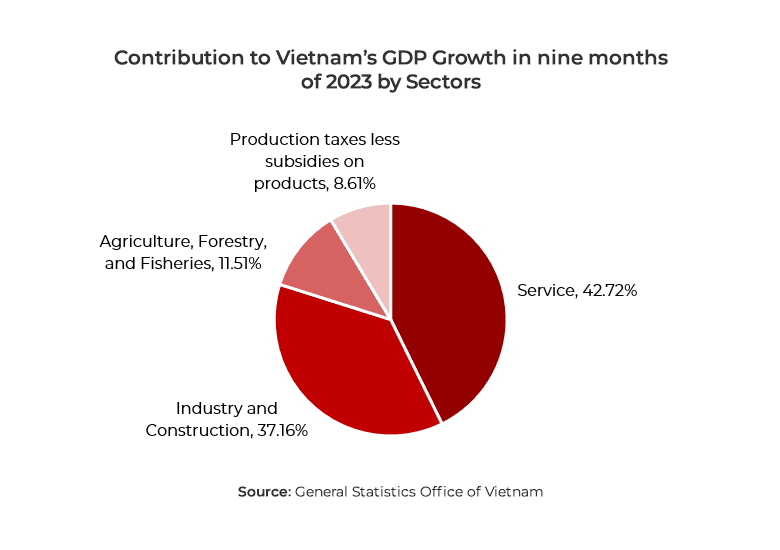Vietnam’s construction industry is growing at an impressive rate. According to the Ministry of Construction, it’s expected to expand by 8.7% annually until 2026. Urbanization and infrastructure projects are driving this growth. However, despite the high demand, the industry is grappling with severe Vietnam Construction Labor Market shortages, especially in skilled roles. If left unchecked, these shortages could threaten the sector’s ability to meet its full potential. What can we do to tackle this issue?
Labor Shortages Impacting Growth
In 2021, a survey by the General Statistics Office revealed that only 65% of labor force participation rate is recorded in the third quarter of 2021. Many companies face Vietnam Construction Labor Market shortages, particularly in specialized positions like engineers, electricians, and site supervisors. This shortage has already impacted 40% of ongoing construction projects, causing delays and threatening project completion timelines.
Part of the problem stems from workers migrating to other industries. Many have left construction for better wages and working conditions in manufacturing, according to a 2023 report by the International Labour Organization. This trend worsens the labor gap in the construction sector and puts additional pressure on companies to attract new talent.

Government-Led Training Programs to Increase Vietnam Construction Labor Market
Recognizing the urgency of the situation, the Vietnamese government has initiated several training programs aimed at upskilling the workforce. These efforts are part of a broader strategy to address the skilled labor gap, with a goal of training 1.4 million new skilled workers by 2025, according to the Ministry of Labour, Invalids and Social Affairs.
The government’s vocational training programs focus on critical technical skills, particularly in construction. It aims to build a robust pipeline of skilled workers, capable of filling the roles needed to meet the country’s growing construction demands.
Public-Private Partnerships Boosting Workforce Skills
In addition to government-led efforts, partnerships between the public and private sectors are playing a crucial role. The Construction Skills Certification Scheme (CSCS), launched in 2021, has been particularly successful. This program is a collaboration between the Vietnamese government and private firms. The aim is to provide hands-on training in construction-related fields. So far, the initiative has trained over 100,000 workers, and 75% of them secured employment within six months of completing the program.
This success demonstrates that with the right support, Vietnam can alleviate the current Vietnam Construction Labor Market shortages.
Foreign Investment in Workforce Training
Multinational corporations are also stepping up to invest in Vietnam Construction Labor Market. Companies like Samsung and LG have poured over $300 million into specialized training centers. These centers focus on teaching technical and construction skills. Every year, over 20,000 workers benefit from these programs, gaining the qualifications needed to secure jobs in the sector.
The involvement of foreign corporations highlights the global importance of Vietnam’s construction industry. With a growing presence in global markets, the country’s workforce is increasingly seen as an asset worth investing in. These investments not only provide immediate relief to the labor shortage but also strengthen Vietnam’s position in the global construction landscape.
The Future of Vietnam’s Construction Workforce
With 1.4 million skilled workers set to enter the market by 2025 and initiatives like the CSCS providing high employment success rates, there’s hope that the construction industry will be able to meet its growing demands. The support from multinational companies further enhances Vietnam’s ability to build a skilled workforce, ensuring the country remains competitive on the global stage.
By continuing these efforts, Vietnam can ensure that its construction industry thrives, even in the face of Vietnam Construction Labor Market shortages.
Vietnam’s construction sector stands at a crossroads. On one hand, rapid growth and urbanization offer enormous opportunities. On the other hand, the current Vietnam Construction Labor Market shortage threatens to slow this progress. However, through a combination of government-led training initiatives, public-private partnerships, and foreign investment, Vietnam is taking meaningful steps to address these challenges.

